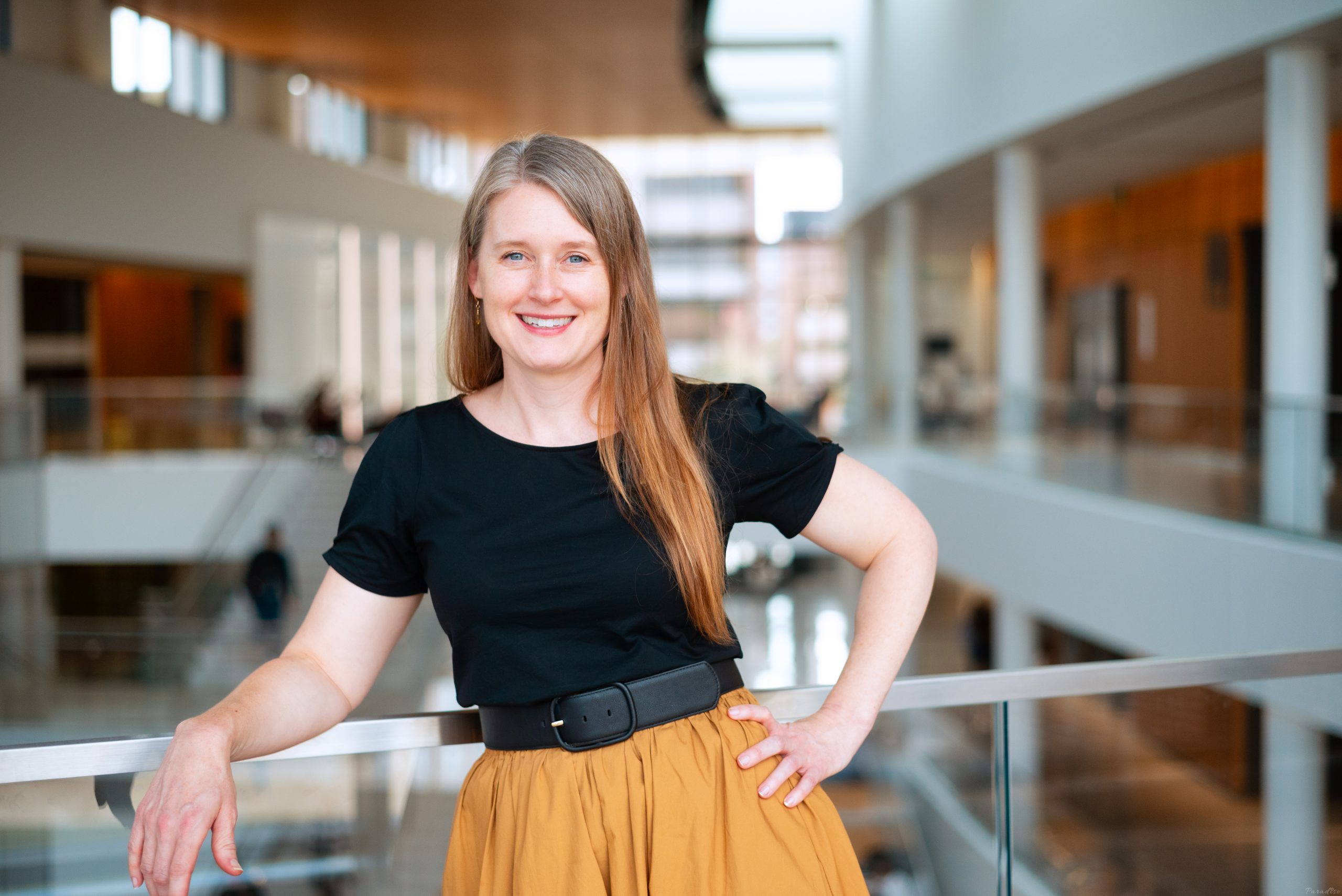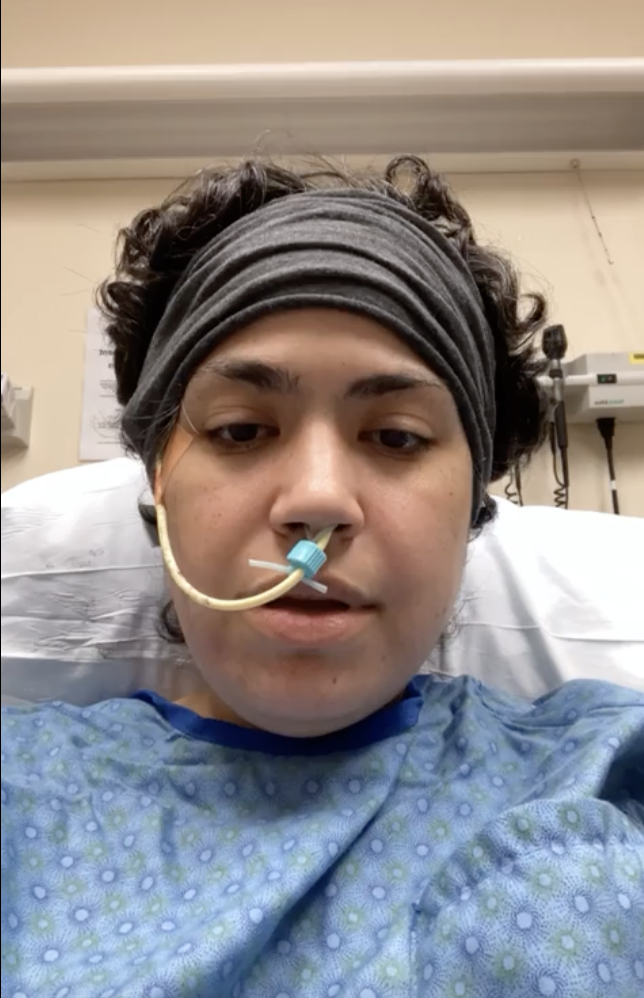EAST LANSING, MI – Michigan State University’s efforts during 2003-04 to recruit and retain a diverse student body, as well as support a diverse campus, continue to be a national model, according to the head of MSU’s Office of Affirmative Action, Compliance and Monitoring (AACM).
Paulette Granberry Russell presented the annual “Advancing Diversity Within Community” to the MSU Board of Trustees at its meeting today.
“This year’s report on MSU efforts during 2003-2004 to build and sustain a diverse campus community represent that we are the best practice in a lot of ways,” she said. “It’s fair to say that we are a national model.”
She said that the numbers of MSU women and minority students remained fairly stable from fall 2003 to fall 2004. In the fall of 2004, there were 7,393 enrolled minority students, down slightly from 7,420 in the fall of 2003.
Women, at 22,725, continue to represent the majority of students at MSU.
The report also reflects that retention numbers for the overall freshman student body, as well as the numbers of minority freshmen returning for their second year, remained well above the national average.
“There is always room for improvement, but we can be proud of the advances we’ve made in this area,” Russell said. “First-year retention rates for undergraduate students of color have been above 80 percent since 1995 and continue to be above the national average.”
She also noted that for the past five years MSU’s six-year graduation rate for students of color had remained above 50 percent, which exceeds the national average for Division I NCAA schools.
“Not only is it important to recruit a diverse student body, we must work to eliminate barriers to their graduation,” Russell said. “This is not only an MSU concern, but a national concern.”
The annual diversity report provides student, faculty and staff data, and highlights student recruitment efforts that include K-12 partnerships, recruitment resources for attracting a diverse faculty and staff, innovative approaches to ensure that MSU is an accessible campus, and curricular and other programmatic efforts to ensure that MSU students have the skills necessary to function in a global economy.
Examples of MSU programs that promote diversity include:
* Collaborative efforts by various colleges to improve the representation of women and persons of color, both within the student body and faculty in science, technology, engineering and math.
* TRIO programs, offered by the MSU Office of Supportive Services, that target first-generation, low-income students to prepare them for postsecondary education.
* OsteoCHAMPS (Osteopathic Careers in Health and Medical Professions), a College of Osteopathic Medicine initiative that forges partnerships with Michigan high schools to encourage young students to consider a career in osteopathic medicine.
* A new partnership between the MSU College of Education and the Detroit Public Schools designed to recruit and prepare qualified urban educators for service in Detroit schools. This project is funded by a $6 million grant from the Broad Foundation.
For more detailed information, please visit the AACM Web site at www.msu.edu/~aacm,
News For, By and About People



